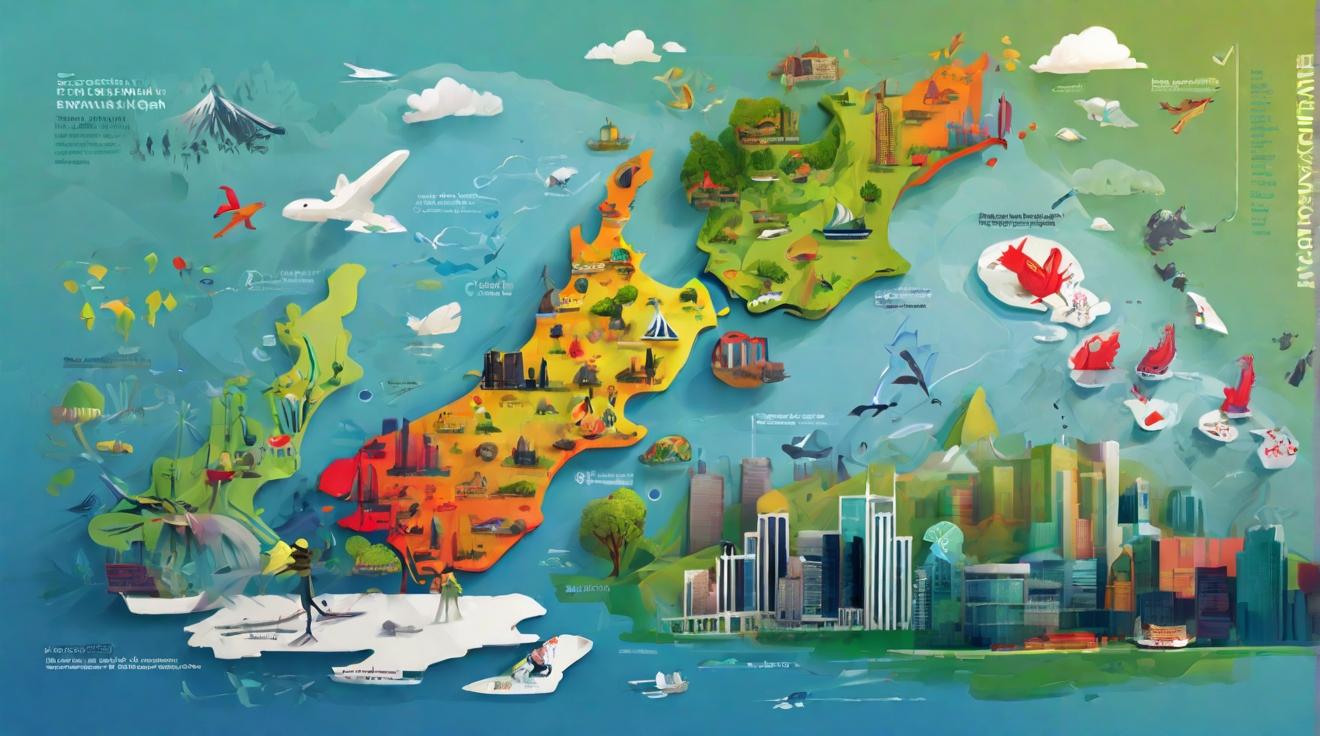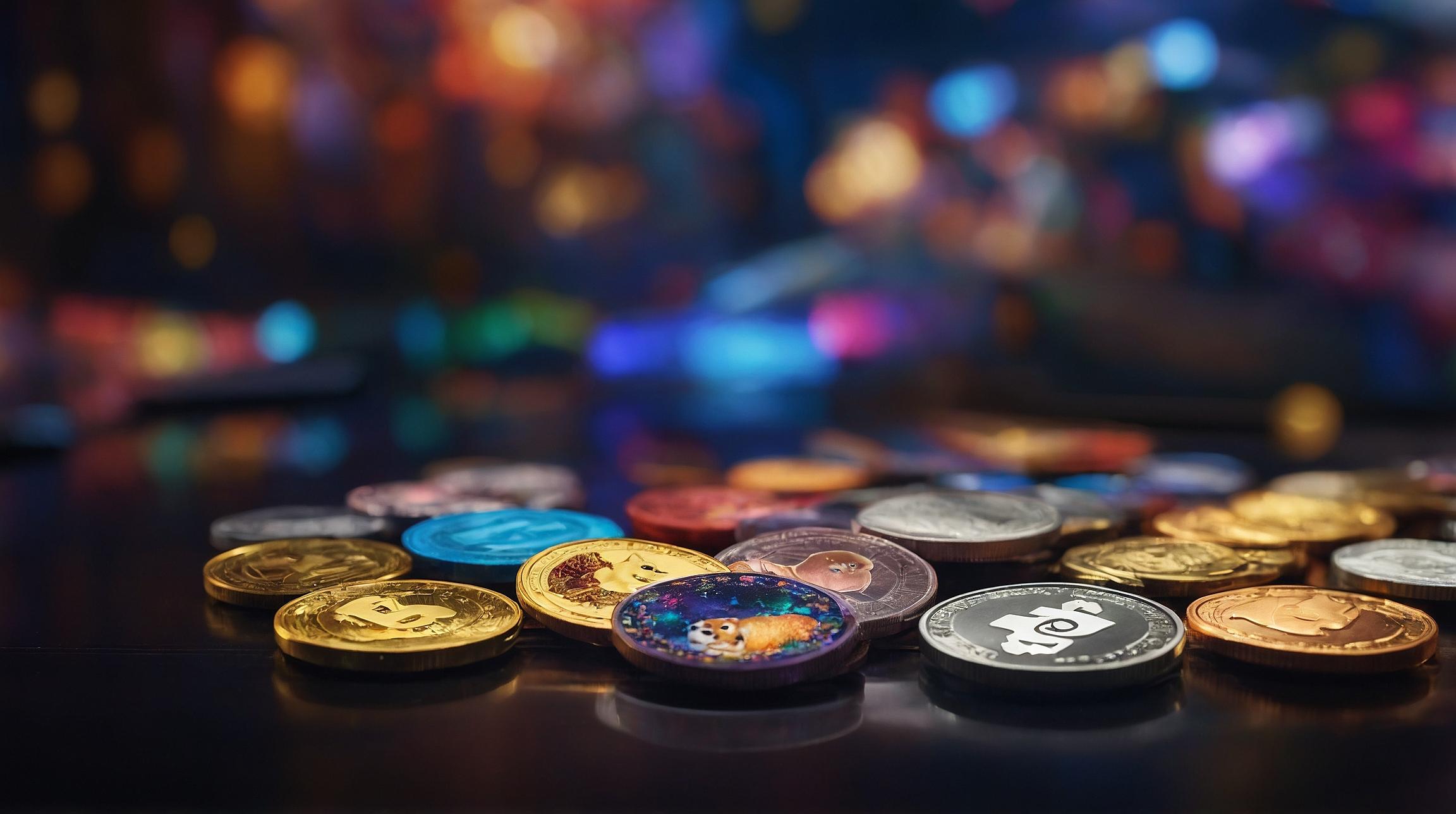The Evolution of Music and Technology
Technology and music have always been intertwined. From the early days of vinyl records to the streaming services we use today, technology has played a crucial role in the way we consume and enjoy music. Gone are the days of campfire sing-alongs, as now we have access to a vast library of songs at our fingertips.
In the early 2000s, even fast food chains hopped on the technology bandwagon. McDonald’s offered MP3 players in their Happy Meals, allowing kids to listen to their favorite songs while enjoying their meal. It may have been a cheap plastic shell with low-quality songs, but it was a glimpse into the future of music consumption.
Headphones are another significant technological advancement that has had a profound impact on the music industry. Beats by Dre headphones became a coveted accessory and were a staple in many music videos in 2008. The company’s success led it to be acquired by Apple for a staggering $3 billion.
One of the most significant legal battles in music history was the Biz Markie lawsuit. Biz Markie was sued for sampling without permission, setting a precedent for future sampling disputes. This ruling led producers to either use interpolation or hire studio musicians to create original beats rather than relying on samples from other records.
In the world of hip hop, Marley Marl discovered the power of sampling during an internship at Unique Studios in 1985. He accidentally stumbled upon the ability to take individual beats or snare hits from existing records and create unique and original beats. This discovery revolutionized the genre and paved the way for countless hip hop producers to follow.
Before the birth of hip hop, DJ Kool Herc made history by hosting a block party in the Bronx in 1973. Using two turntables, Herc isolated the “breakbeats” of popular records, creating what he called “The Merry-Go-Round.” This innovation is considered the origin of hip hop music and showcased the power of technology in shaping new genres.
Technology has also impacted the way we experience and enjoy music videos. Korn’s album “See You On The Other Side” featured a hidden intro to their song “Twisted Transistor.” By rewinding the CD as soon as the music started playing, listeners discovered an additional minute and three seconds of music that added a new layer to the overall track.
The popularity of Leonard Cohen’s song “Hallelujah” soared after it was featured in the movie Shrek. The song had previously gone underappreciated, but its inclusion in the film brought it to a wider audience. This demonstrates the power of technology, in this case, film, to promote and popularize music.
Vinyl records have seen a resurgence in popularity, with sales rivaling those of CDs. Many music enthusiasts prefer the tactile experience and warm sound of vinyl, leading to increased sales and production of vinyl records. Technology has made it possible for us to enjoy music in various formats, but sometimes the older methods still hold a special place in our hearts.
Even audio jacks, a seemingly simple technology, have a rich history. The jack we use today to plug in our headphones is a smaller version of the one created in the 1870s for telephone switchboards. Over time, they became popular in the radio industry and found their place in music players like Sony’s Walkman.
These are just a few examples of how technology and music have collided over the years. Whether it’s through the creation of new genres, the evolution of music videos, or the way we consume and enjoy music, technology continues to shape and transform the music industry. It’s exciting to imagine what future advancements will bring to the world of music.
Analyst comment
This news can be seen as positive as it highlights the continuous evolution and impact of technology on the music industry. The market is expected to continue to be shaped and transformed by future technological advancements, providing new opportunities for growth and innovation.













